Why "Pay-for-post" Doesn't Make Sense & What You Should Do Instead

The economics of influencer marketing has changed. When influencer marketing (as we know it today) first emerged in the early 2010s, it was one of the best things to invest your money into as a brand.
You were going directly to the audience you need to reach (no matter how niche) for a minimal amount of dollars.
When dealing with macro-influencers on IG and YouTube, you were reaching the same amount of eyeballs as you would with primetime TV for a fraction of the cost. The economics were too good to be true. Things started to change for the worse in 2018-2020.
Now, prices have caught up directly to what you’d expect from a TV commercial. DTC brands are using VC money to pay influencers up to $500k for a post on IG or YouTube, even if it’s not profitable.
With a pay-to-post model, the only reason these products are being promoted is because the check had enough zeroes.
This has created a domino effect of influencers promoting products they don’t believe in, products that suck, or promoting competing brands on back-to-back ad spots.
“I personally know influencers who are making 8 figures a year from sponsorships. Most people wouldn’t be able to turn down a $500k wire transfer for a 2-minute ad on social media. Now, influencers don’t choose their sponsors based on what they love and use. They choose sponsors based on check size.” — Cody Wittick, Founder Kynship.
People are losing trust in influencers for this reason.
In this article, we’re going to show you how you can ditch the pay-for-post model for good that will help you engage with influencer marketing in a more affordable, authentic way.
Treat Influencers Like Your Customers Using The AIDA Model
For an influencer to become authentic fans of your brand, they need to go along the same journey as your customer does.
We use the AIDA (Attention, Interest, Desire, Action) model to help measure against your influencer marketing KPIs. This model represents the series of behaviors you want a customer to take before they make a purchase.
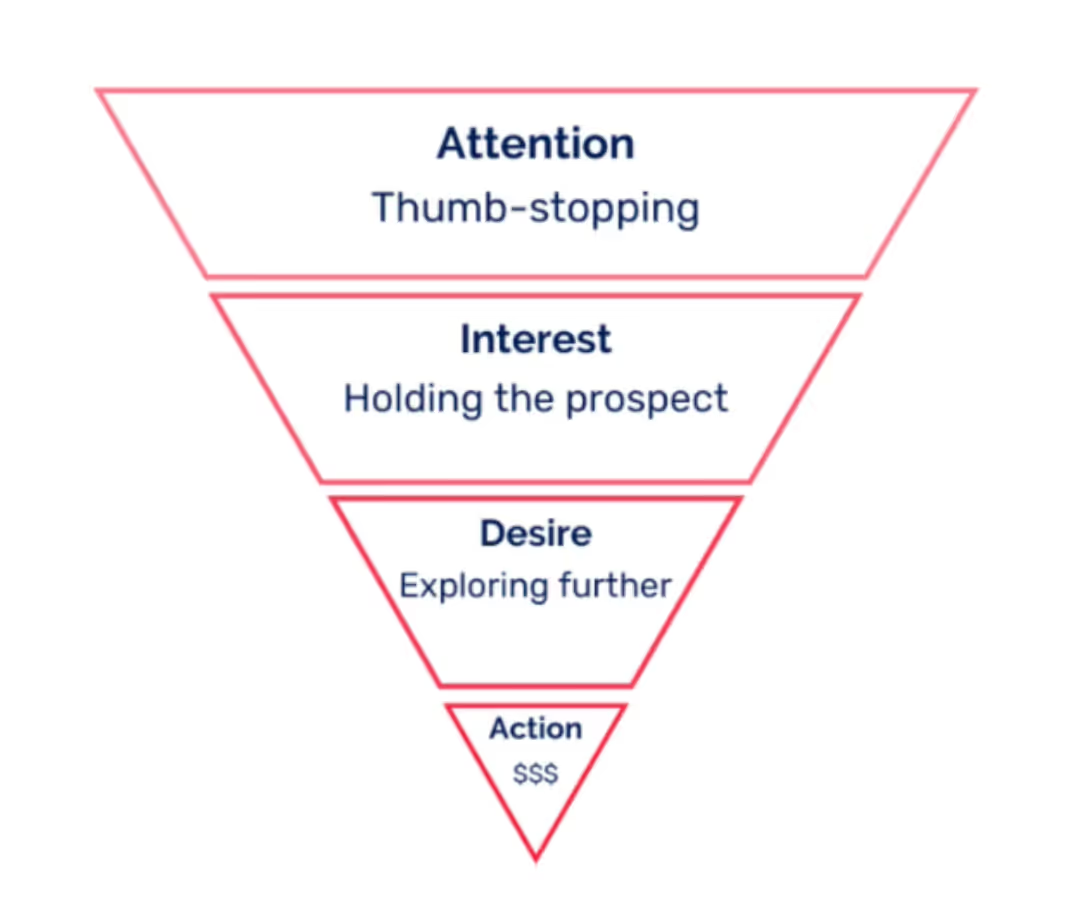
At a top level, here is how you can measure the success of your influencer generated content based on the actions of your customers at each stage:
- Attention: Finding out what percentage of users have their attention captured by the content your influencers create
- Interest: Looking at the average video watch time and tracking how long viewers are staying to consume your IGC
- Desire: How many people are clicking the call-to-action buttons of “shop now,” “browse the store,” or “learn more”
- Action: How many people carried out your desired action? (i.e making a purchase or outbound clicks to your website)
Now enter the post-purchase flow.
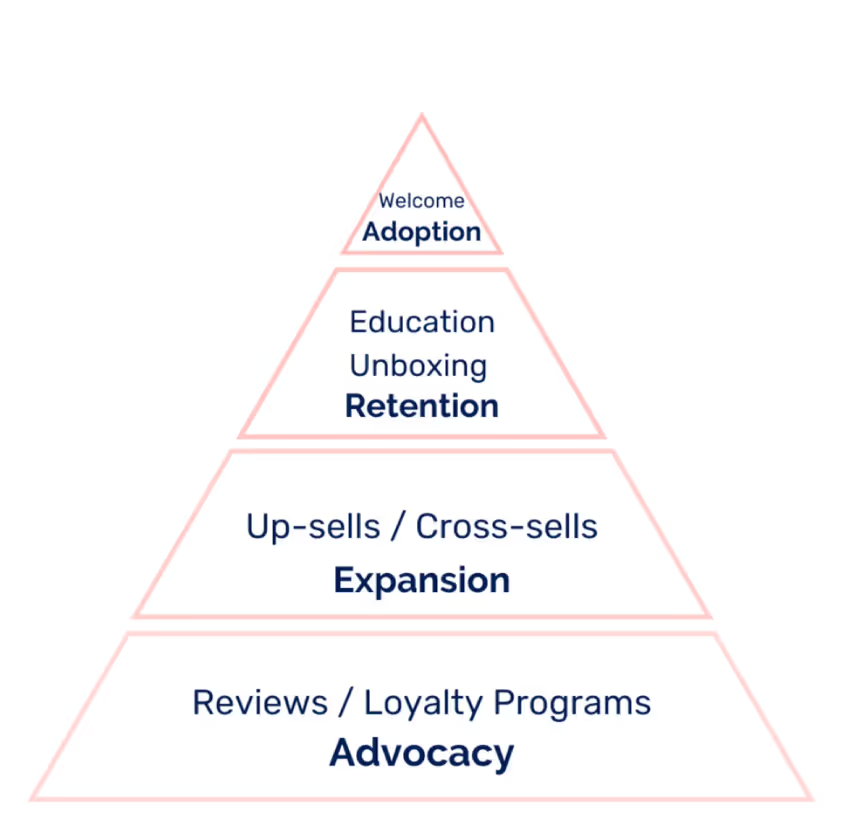
- Adoption: As soon as a user becomes a product adopter, they’ll receive a welcome email
- Retention: Educating them about the product through a great unboxing experience
- Expansion: Pushing well-timed up-sell or cross-sell opportunities
- Advocacy: Building a strong base of fans that love your brand
Now, if we think about both of these funnels from an influencer marketing perspective, what should happen is that they go down your funnel just like a customer. From receiving the product right through to advocacy... but this doesn’t happen.
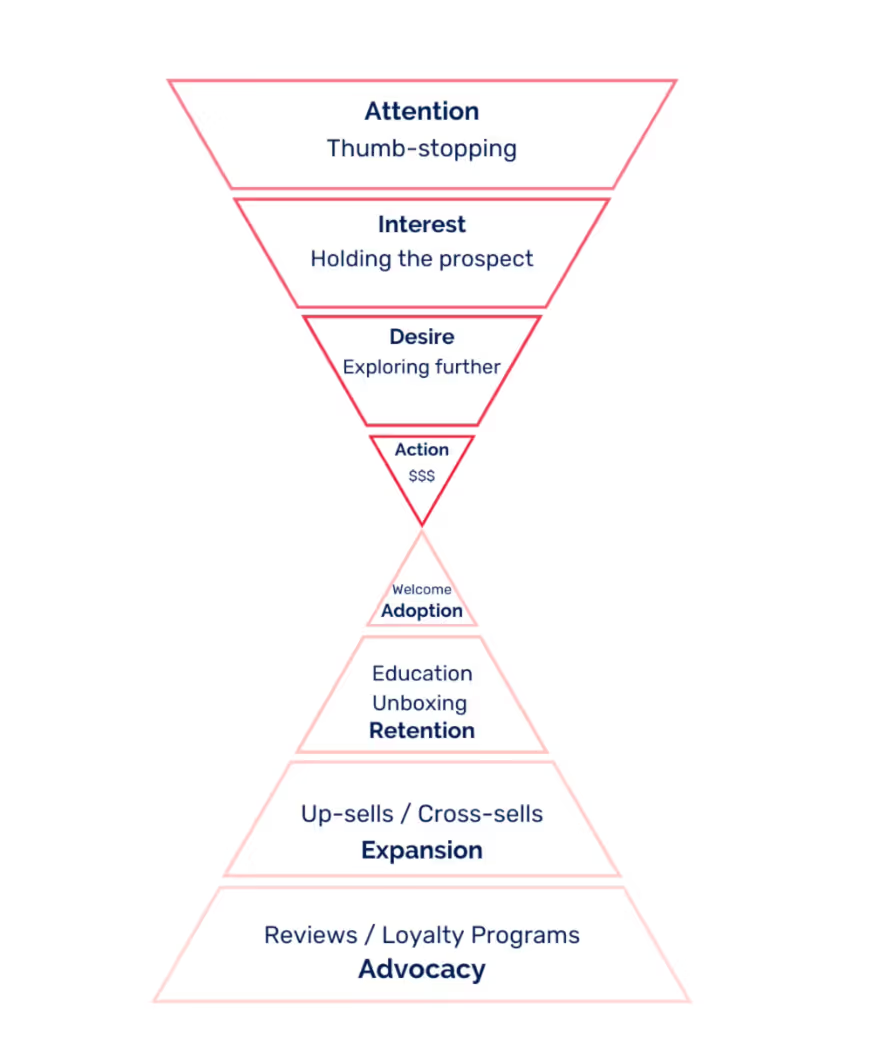
Instead, this is what the pay-for-post journey looks like from an influencer marketing perspective:

- Attention: Your email subject line/ brand handle depending if it’s a DM or email
- Interest: Your initial outreach message that sparks the influencer’s interest in working with you
- Desire: Immediately it’s a monetary offer / deliverables (set deliverables)
- Action: A contract is put in place
After that, the influencer skips important stages of the funnel and goes straight into fake advocacy.
This wouldn’t make sense for your customers to follow this path, nor does it for influencers. You can’t pay your customers to leave reviews (because that’s illegal), influencers shouldn’t be any different.
You want your brand and product to drive the advocacy, not a monetary offer or certain set of deliverables. This is why influencer seeding (gifting products with no strings attached) is the most effective in driving real advocacy that leads to genuine content.
Switch Pay-for-Post For Influencer Seeding To Grow Your Brand More Profitably
Our approach to influencer marketing strategy eliminates this over-inflated price tag, keeps the element of trust, and adds infinitely more value to all parties compared to the pay-for-post model.
With influencer seeding, we create genuine relationships with influencers by gifting them product we think they’ll love. And if they do, they post about it (without us having to ask). Then, we incentivize them to stick with us long-term through affiliate marketing.
The economics of influencer seeding stack up better against pay-for-post ...
Let’s take a look at the economics of the pay-for-post model compared to influencer seeding:
For those companies using the pay-for-post model, here is the formula for what you can expect to pay: Tier + Deliverables + Usage Rights (+ Length of Term) = $Money You’d Be Paying.
Let’s break this formula down further:
#1: Tier & Deliverable
The following prices are what you can expect to pay for each tier of influencers if you want the deliverables to be one Instagram story with swipe-up enabled.
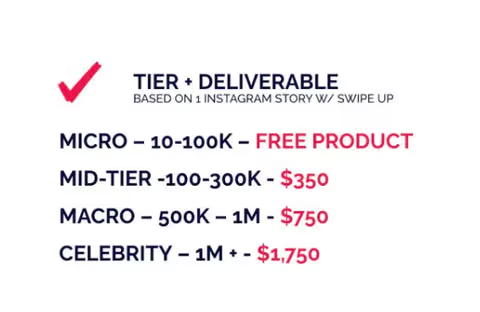
#2: Deliverables
In-feed is when the influencer posts a sponsored post on their profile. In-feed + story is when they post a story about your product and an influencer post. Lastly, the in-feed + story set is when they post multiple Instagram stories of your brand on their profile.
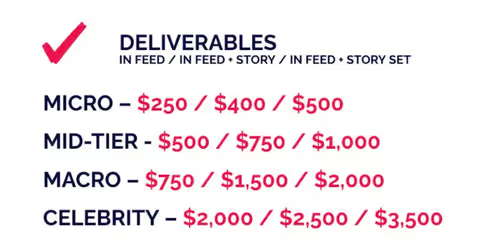
#3: Usage Rights
If you plan to use the influencer content for your own marketing channels — like website, email, and social media — you can expect to add the following amount as extra to what you were already paying different tier influencers:

#4: Length of Term
This refers to the duration of contract and how long you have usage rights for.
For example, if you want two in-feed posts with 90-day usage rights for three months from a mid-tier influencer, your price point would look as follows:
$1,000 (two in-feed posts) + $500 (90-day usage rights) = $1,500/month
Or $4,500 ($1,500 * 3) for three months
Pay no more than your COGS with influencer seeding
The pay-for-post model is overly transactional, overpriced, and incredibly inauthentic. Influencer seeding is the number one strategy to help move away from the pay-for-post model.
Not only does our influencer seeding strategy ensure you’ll never pay more than your COGS for a shout-out, your brand also receives quality influencer content to run as an ad.
Building real no strings attached relationships with creators is more ethical and benefits both parties. We’ve seen brands generate +457% YOY sales with influencer seeding.
“I genuinely believe that this strategy is the only way to avoid the influencer marketing crash and grow your brand profitably.” — Cody Wittick, Founder Kynship
The Final Takeaway
Social media platforms were made for human-to-human interaction. And its relationship with ecommerce hasn’t changed that.
The problem comes when brands rely on a pay-for-post model, which is not what social media was designed for.
If we rightly treat influencers like customers and nurture them through the same journey, this is how you will nurture influencers into advocates of your brand.
Will this work on everyone? No. Celebrities like Charli D’Amelio, Drake, and Olivia Rodrigo get deals all day, every day. You need to pay for access to them. But for a mommy blogger with 50k followers? Lead with a relationship, because it’s more rare than you think.
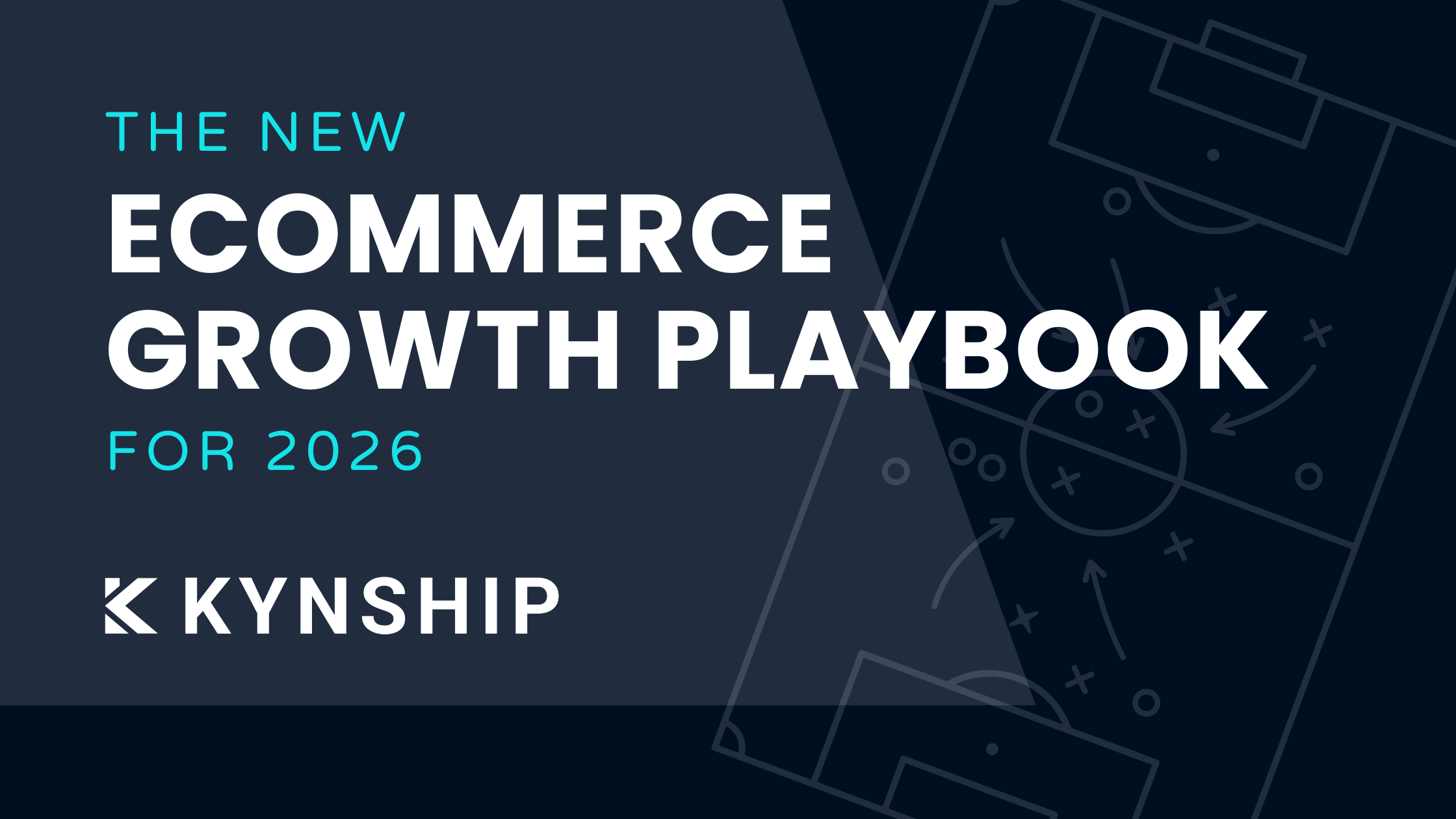
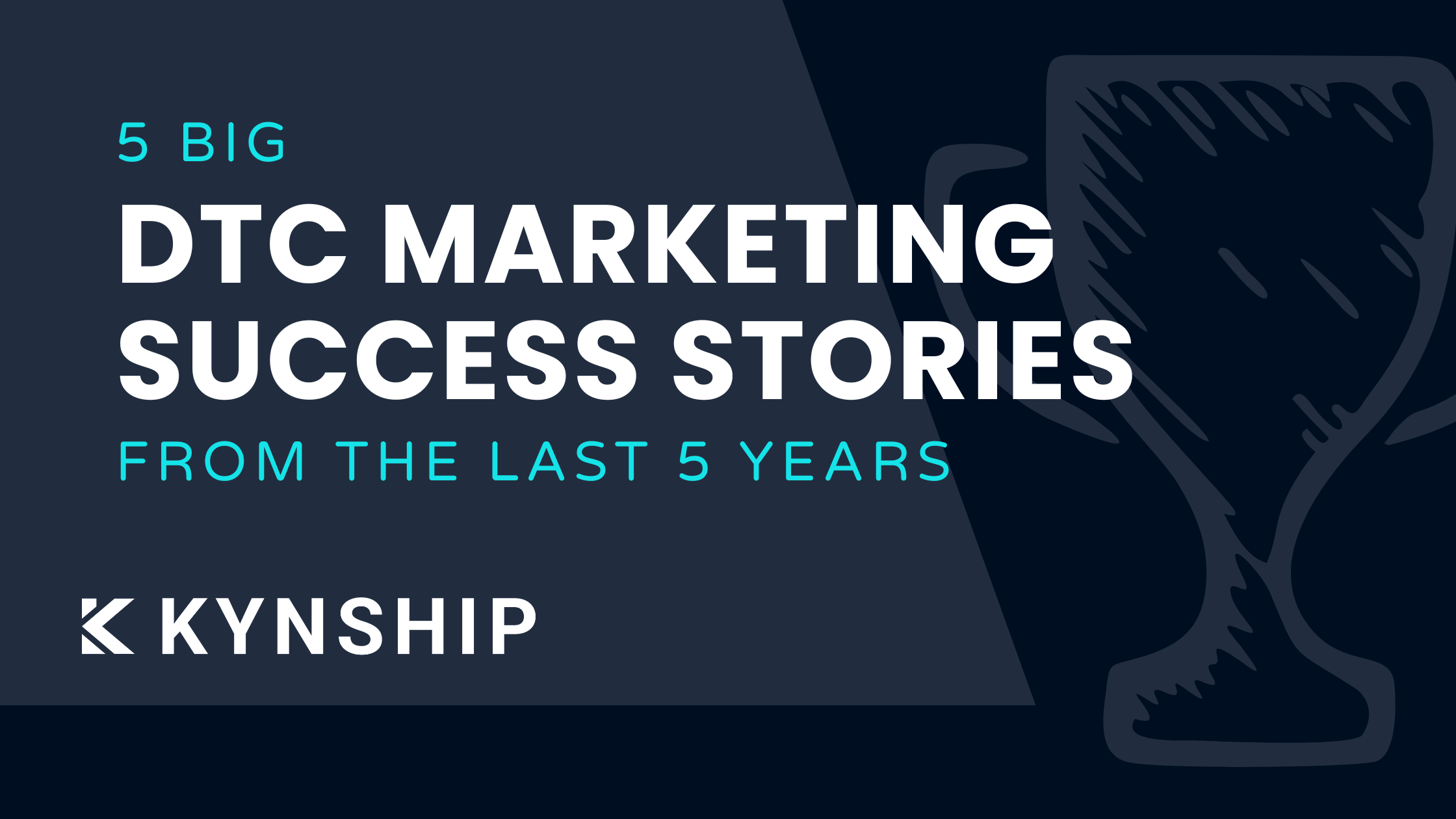
5 DTC Marketing Success Stories From The Last 5 Years
Five real DTC marketing success stories from the last five years, breaking down how brands scaled despite rising CAC, creative fatigue, and tougher competition, plus key lessons you can apply today.

The New Ecommerce Growth Playbook For 2026
These are the ecommerce growth marketing strategies we are using right now to successfully scale DTC brands from $2M to $50M.
Bi-weekly tips to reduce your CAC
Join thousands of DTC operators and subscribe to Cut the CAC for insights from the Bottom Line Podcast and Kynship's growth strategies.


.avif)
.avif)
.avif)



